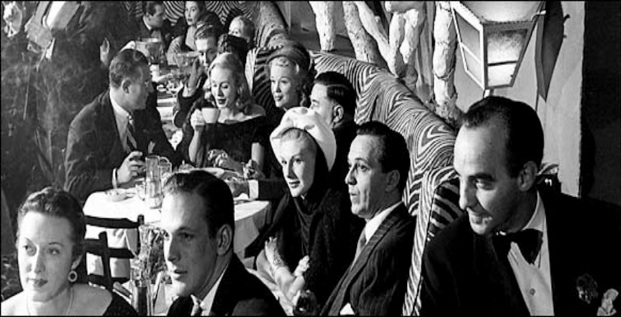

The social system that dominated in Europe during the Middle Ages is called feudalism. The castle as a status symbol was introduced some time in the 11th-century and lasted until the end of castles as defined above when fortresses as status symbols were replaced by palaces built mainly to entertain guests. They were the difference between being a simple knight and being a nobleman. They were a status symbol, much like a fast car or a mansion - a massive one at that - today. They were something everyone who thought something of himself and who achieved something in life needed. Castles were not only built by or for rulersĪs castles were fortresses rather than palaces, they were not only for the rulers of that time. But here are four that seemed the most important to me. The ones we are discussing here would actually be better fitted to be called “fortresses”. By the definition of the EBI, those palaces do not even count as castles. As an example, the most famous German castle, Neuschwanstein Castle, which really should be called Neuschwanstein Palace, was only built in the 19th century. Castles, as the European Institute of Castles (EBI), defines them were only built from the 8th-century until around 1545. What do we even mean when we say castle?įirstly, we have to distinguish between a palace and a castle.

I felt like I had to connect the dots myself. Surely, we learned about it in school, but that for me only explained half of it. At about the same time, I started to wonder about where all these castles actually came from. It wasn’t until I started traveling a lot in my twenties and also had friends from other parts of the world visit my country that I realized it’s not like that everywhere. Seems like a lot, doesn’t it?įor me, my whole life it seemed like the most normal thing in the world that every other Sunday we would go hiking to see some kind of ruins. That’s a castle about every 25 km or 15 miles. In fact, the European Institute of Castles (EBI) estimates that there are or have been over 25,000 castles in Germany alone, 60% of which still exist to this day, occupying under 400,000 km².

If you have ever been to Germany you may know that this is a pretty common view to have there. It’s the B urg Hohenzollern in the South of Germany. In this picture, you see one example of a German castle. Photo of Hohenzollern Castle by Angel Barnes on Unsplash


 0 kommentar(er)
0 kommentar(er)
